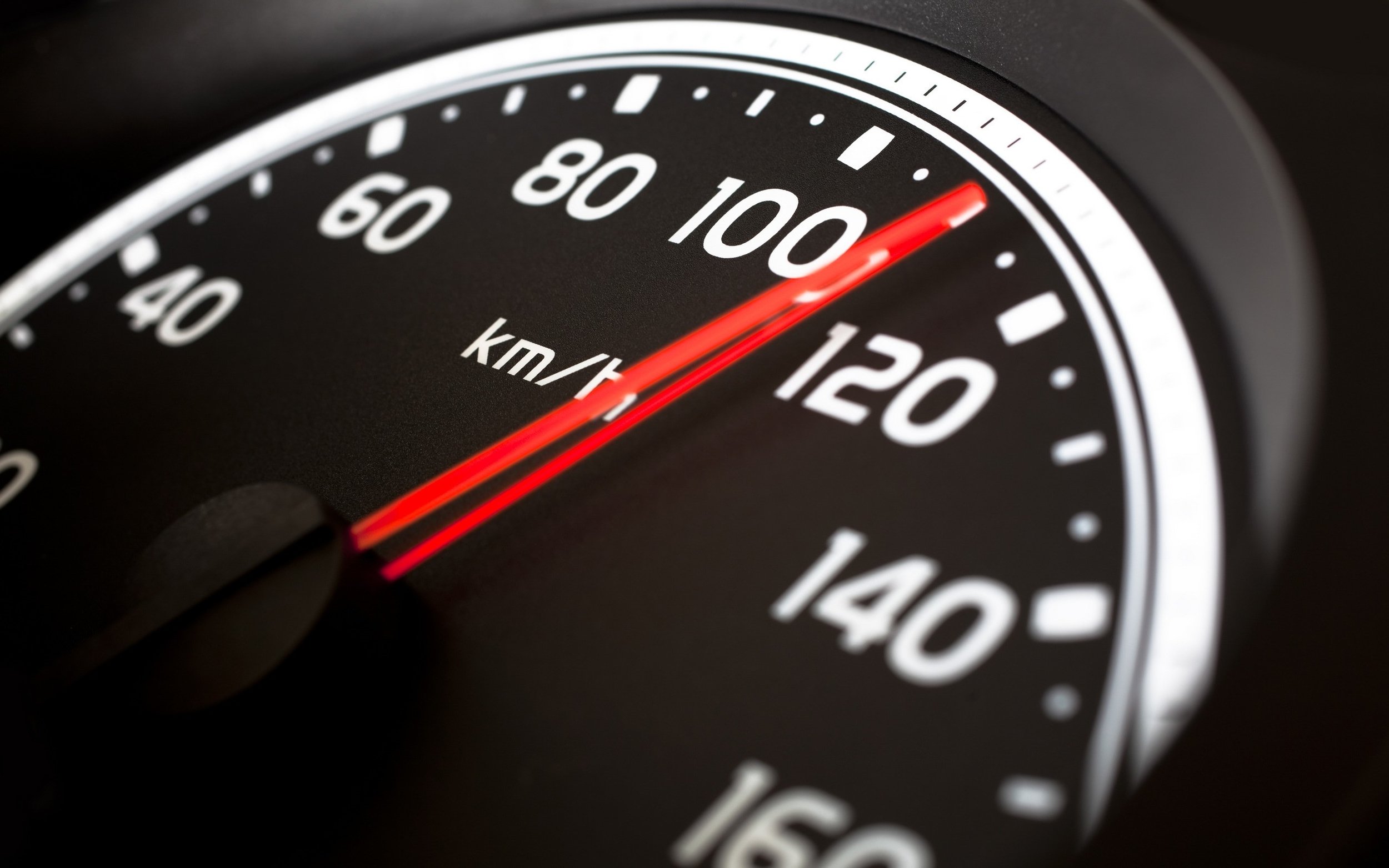If you are a business owner with a truck fleet or a truck driver, use this checklist before starting a journey to inspect your vehicle.
1. Inspect the tires
Inspect the tire pressure on all the tires and ensure it is optimal and is even on all tires of the vehicle. Too much tire pressure can cause blowout on the road and endanger the safety of your driver and other road users. Besides checking for tire pressure, physically inspect the tire treads for any signs of strain, bulges, or damage. You might need to change the tire to ensure it has adequate grip when driving. Also ensure there is a spare tire in the vehicle for emergency situations.
2. Check your fluid levels
Just like any other vehicle, a truck depends on several different fluids and lubricants to run smoothly. For example, it could be the coolant that stops your engine from overheating or the windshield washer fluid. Use your truck’s owner manual to check for the location of the reservoirs and ensure that the fluids are at the optimum level.
3. Brake check
The brake system is a crucial part of any vehicle. If there is any squeaking or grinding when you brake, take it to the mechanic to get the brake system to be checked. This requires inspection of all brake accessories such as brake pads, drums, and brake fluids.
4. Windshield wipers
Vehicle owners often overlook the windshield wipers. Windshield wipers wear out from prolonged use. Check that your windshield wipers displace water effectively to ensure that you can drive safely when it rains. Get your windshield wipers replaced if there are any signs of damage.
5. Test your lights and horn
Ensure that all your headlights and taillights are working. Replace the ones that are not. Test your signal lights to ensure that they are functioning. Honk the horn to ensure that it works as you would need to use it in emergency situations.
6. Assemble an emergency kit
Most trucks come pre-equipped with emergency tools; however, you should check to make sure they are all in proper working condition and add your own tools where necessary. Some common tools to have in an emergency kit are emergency jack, tire iron, jumper cables, road flares, and flashlight.
7. Clean the inside of your truck
Truck drivers spend a lot of time in their trucks and there might be personal belongings that are left there. Have a look around and clean out items that you don’t need. Look under your seats to ensure there are no bottles or plastic bags stuck underneath. These items can get trapped under the accelerator and brake pedals and be fatal.
At Pan Pac, our trucks are regularly maintained, and we provide 24/7 breakdown services for all our clients, which means that you don’t need to spend your time and endure additional costs to service your commercial truck. Fill out the form below to find out more information on our commercial truck leasing options.




